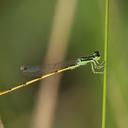Regions:
EUR
PAC
NAM
SAM
